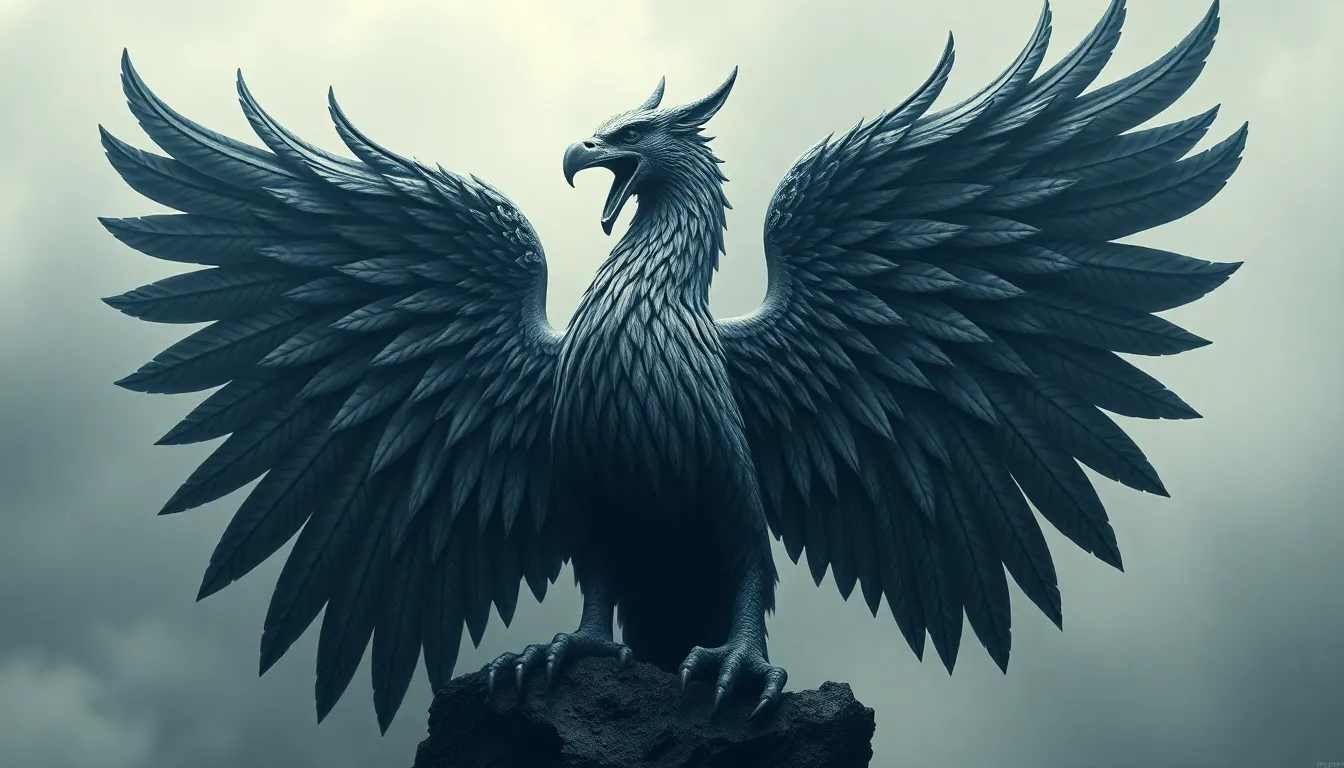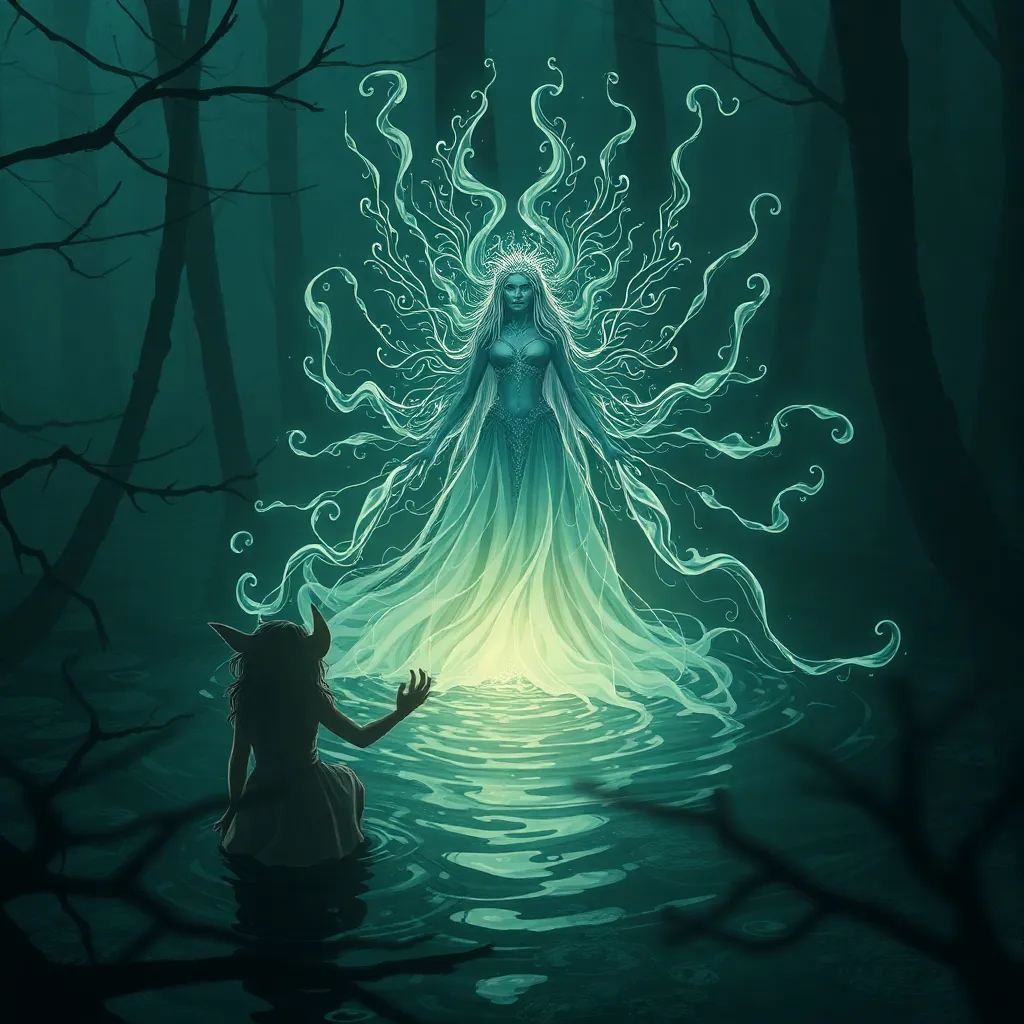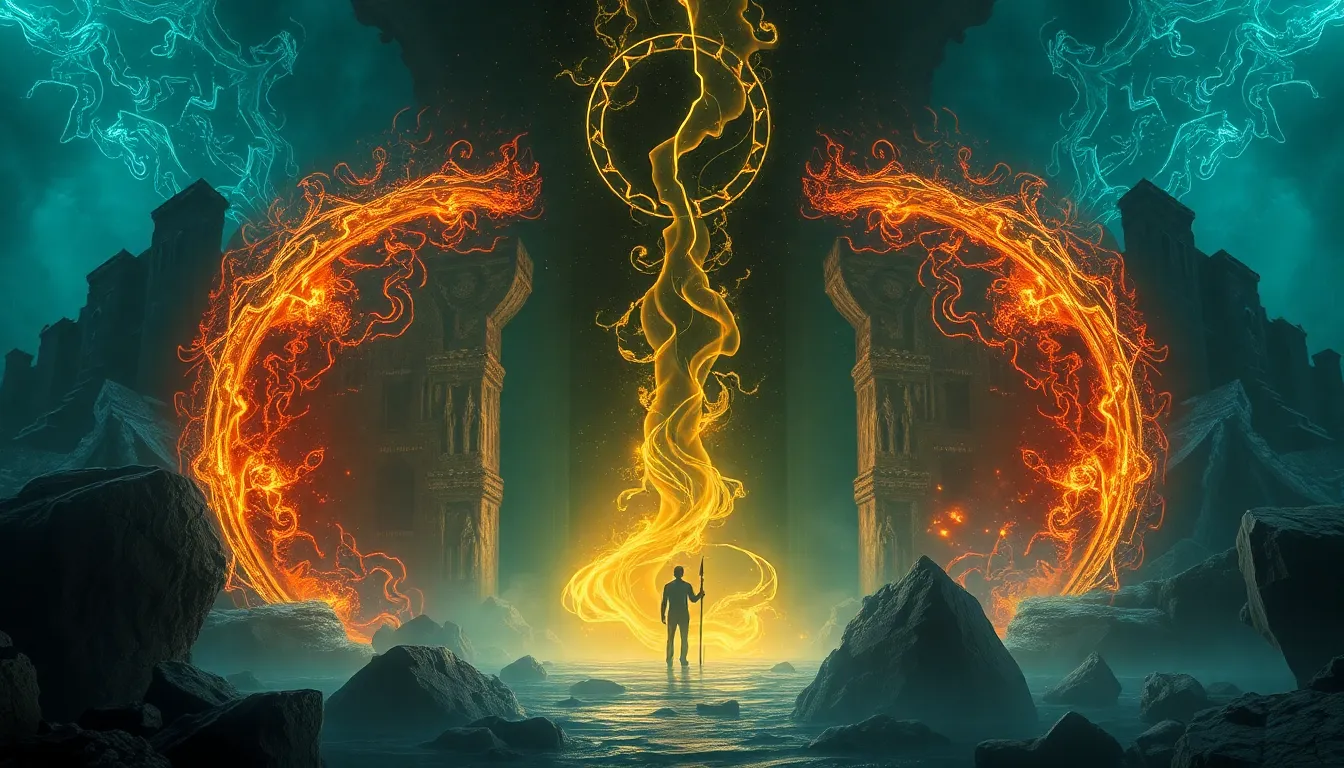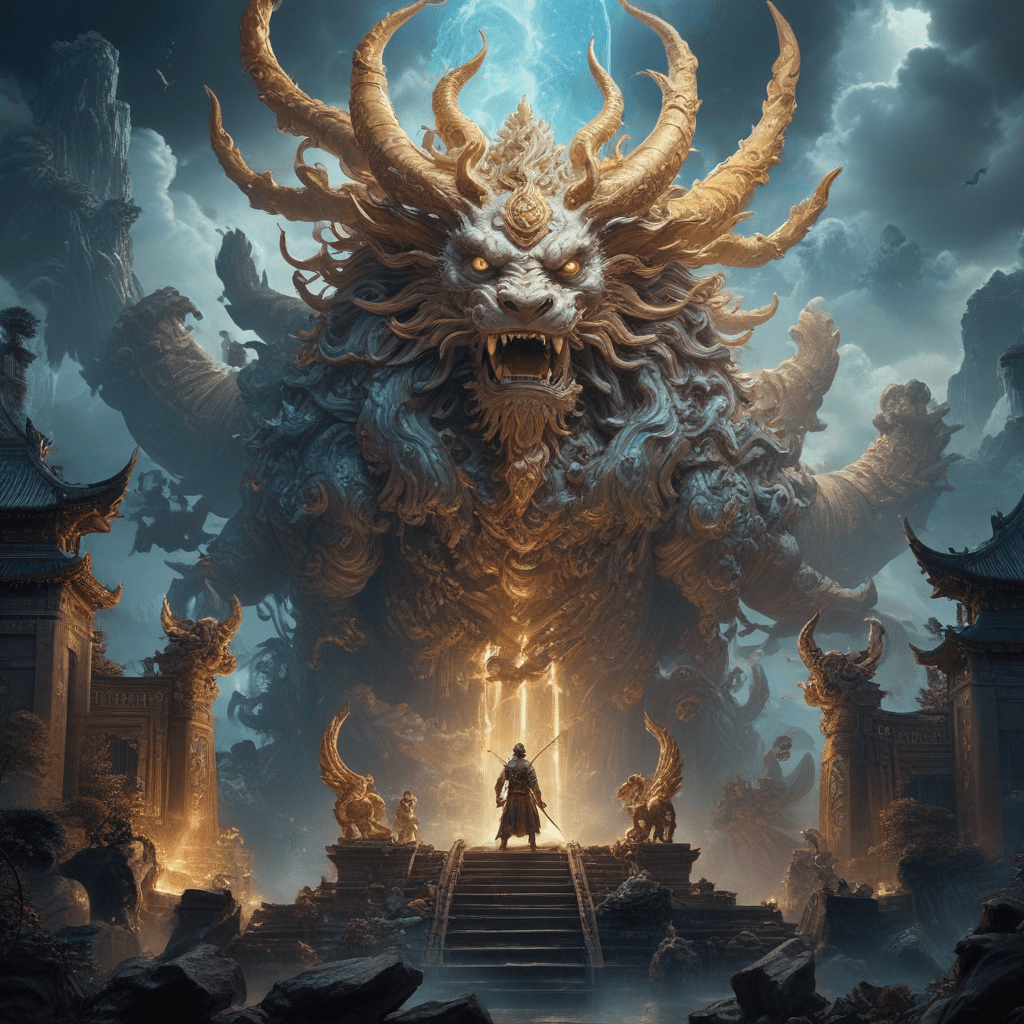The Enigmatic Griffin: A Symbol of Strength and Valor
Introduction
The griffin, a majestic creature of myth and legend, holds a significant place in both mythology and heraldry. This composite creature, with the body of a lion and the head and wings of an eagle, symbolizes strength, courage, and protection. It embodies the best traits of both the king of beasts and the king of the skies, representing a unique blend of earthly and celestial power.
Historical Origins of the Griffin
The griffin’s origins can be traced back to ancient civilizations, where it appeared in various forms of art and mythology. The earliest known depictions date back to around 3000 BCE in the region that is now Iran, where the griffin was associated with deities and held a protective role.
In Mesopotamian culture, griffins were often depicted as guardians of treasures and were believed to protect the divine. Similarly, in ancient Egyptian art, griffins were associated with the sun god Ra, symbolizing protection and the power of the divine.
Symbolism of the Griffin
The griffin is rich in symbolism, representing:
- Strength: As a creature combining the lion’s physical might and the eagle’s aerial prowess, the griffin represents formidable strength.
- Courage: The griffin’s fierce nature embodies bravery, encouraging individuals to face their challenges head-on.
- Protection: Often depicted as guardians, griffins signify the protective forces in both the physical and spiritual realms.
Moreover, the dual nature of the griffin signifies the union of earthly and celestial powers, making it a powerful symbol for those seeking balance in their lives.
Griffins in Ancient Civilizations
In Greek and Roman mythology, the griffin played a significant role. It was often associated with the god Apollo and was believed to be a guardian of divine knowledge. The griffin’s image appeared prominently in various forms of art and architecture, including:
- Temples: Structures dedicated to gods often featured griffins as protective motifs.
- Coins: Ancient coins depicted griffins, signifying their importance in commerce and culture.
- Mosaics: Artistic mosaics frequently showcased griffins, highlighting their majestic presence in everyday life.
The Griffin in Medieval Heraldry
During the Middle Ages, the griffin was adopted as a heraldic symbol, representing noble families and their values. Many coats of arms featured griffins, symbolizing:
- Valor: The courage to defend one’s land and family.
- Strength: The power to protect and lead.
- Wisdom: The ability to make sound decisions in times of conflict.
Notable examples include the coat of arms of the City of London, which features a griffin, symbolizing the strength and vigilance of the city.
Cultural Impact of the Griffin
The griffin has left a lasting impact on literature and folklore, appearing in various forms from ancient texts to modern fantasy novels. It has inspired countless authors and artists to incorporate this mythical creature into their works, often representing the hero’s journey or the conflict between good and evil.
In modern times, the griffin has influenced storytelling and character design in various media, including:
- Books: Fantasy literature often features griffins as majestic companions or formidable foes.
- Films: Movies and animations have brought griffins to life, captivating audiences with their grandeur.
- Video Games: Many games include griffin-like creatures as mounts or allies, enhancing the fantasy experience.
The Griffin in Modern Society
In contemporary culture, griffin imagery has experienced a resurgence. It is often used in branding and art, symbolizing strength and resilience. Examples of the griffin’s presence today include:
- Tattoos: Many individuals choose griffins as tattoo designs, seeking to embody the qualities represented by this mythical creature.
- Art: Modern artists incorporate griffins into their works to convey themes of power and protection.
- Pop Culture: From comics to video games, griffins remain a popular motif, reflecting their enduring appeal.
Griffin Variants Across Cultures
The concept of griffin-like creatures exists in various cultures, each with its unique symbolism and representation. Some notable variants include:
- Persian: The Persian “Shirdal” combines a lion’s body with an eagle’s head, often depicted as a protector of royalty.
- Indian: The “Garuda,” a divine bird and the vehicle of Lord Vishnu, shares similarities with the griffin in its majestic nature and protective qualities.
- Chinese: The “Qilin,” while not a direct equivalent, is a mythical creature that represents good fortune and protection, often depicted with features reminiscent of the griffin.
The Griffin as a Metaphor for Personal Strength
The griffin serves as a powerful metaphor for personal strength and valor, inspiring individuals to face their challenges with courage. Many people find motivation in the griffin’s symbolism, using it as a reminder to embody strength in their daily lives.
Personal anecdotes reflect how the griffin’s symbolism has influenced individuals:
- One person might share how a griffin tattoo gave them the courage to overcome personal struggles.
- Another might describe how stories of griffins inspired them to pursue their dreams fearlessly.
Conclusion
In summary, the griffin remains an enduring legacy as a symbol of strength and valor throughout history. Its rich mythology and diverse representations across cultures underscore its relevance in today’s world. As we continue to explore the depths of human experience and creativity, the griffin will undoubtedly maintain its place as a powerful symbol in cultural symbolism, inspiring future generations to embrace their inner strength and courage.




